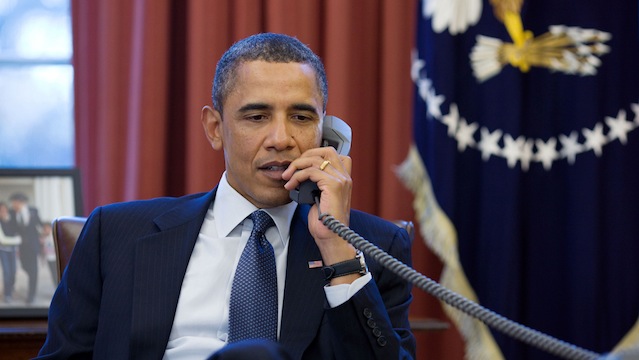Can Silicon Valley Re-Charge Solar Energy?

Silicon Valley innovators Apple and Google may be the best hope left for rescuing the struggling solar power industry. At a time when solar energy companies continue to file for bankruptcy under the pressure of heavy debt loads, Google has been sinking hundreds of millions of dollars into new solar power initiatives. This summer, for example, Google launched a $280 million solar power initiative to bring solar power to residential homes in California. Over the past few days, leading tech observers have been speculating that Apple may be exploring the development of solar-powered tech gadgets for consumers. The combination of both Apple and Google throwing their weight behind solar power at the same time would provide a huge momentum boost to the solar energy industry.
For the past five years, in fact, Apple has been filing patents that would make possible the creation of solar-powered technology gadgets. Apple’s latest patent application, filed in late August, shows how a consumer device such as an iPhone or iPad could be charged using solar power. Imagine hanging out on the beach, charging your iPad from a beach chair, instead of racing back inside your beach house to re-charge your device. After analyzing Apple’s recent patent filings, tech blogger Katie Fehrenbacher suggests that Apple may finally ready to bring this solar technology to the masses.
Solar power in the personal device category, of course, is nothing new. Remember those hand-held calculators with those tiny little solar panels at the top? And a number of consumer technology sites also offer solar-powered gadgets for intrepid adventurers who may find themselves off the grid at an inopportune time. Putting solar panels into mainstream consumer devices, though, ups the ante significantly. Imagine the demand for solar power once hundreds of millions of consumers all over the world decide they want the latest solar-powered iPhone. This is not a far-fetched fantasy. Samsung, for its part, already has no less than four different devices that are powered by the sun: three different phones and a 10-inch solar netbook.
For a company of the stature of Apple or Google to fully embrace solar power, there needs to be a significant business driver. In other words, solar power initiatives must either lead to an increase in revenue or a decrease in expenses (i.e. cheaper sources of energy). For now, the problem is that mobile devices require so much power in ‘active’ mode that a solar panel to power an iPhone might need to be larger than the device itself. What’s so cool about lugging around a few solar panels in a backpack when your device fits in your pocket? For Apple, the initial goal would be to use solar energy to prolong battery life for users and to fully enable the use of the gadgets even when off the grid.
The push for popular adoption of solar power has always been a demand side, not supply side, problem. In other words, there are plenty of companies willing to manufacture solar panels (and a lot of them are in China) — there just hasn’t been enough demand due to the high up-front consumer costs of installing solar panels and the trade-offs in performance and price required to get them into smaller devices. That would change considerably if Google and Apple were to enter the solar energy industry in size. That, and the fact that both of these tech behemoths have enough cash on hand to invest in just about whatever they please – like a huge, $168 million solar power plant in the middle of the Mojave Desert. One thing is for sure – there’s definitely something new under the sun in Silicon Valley.





